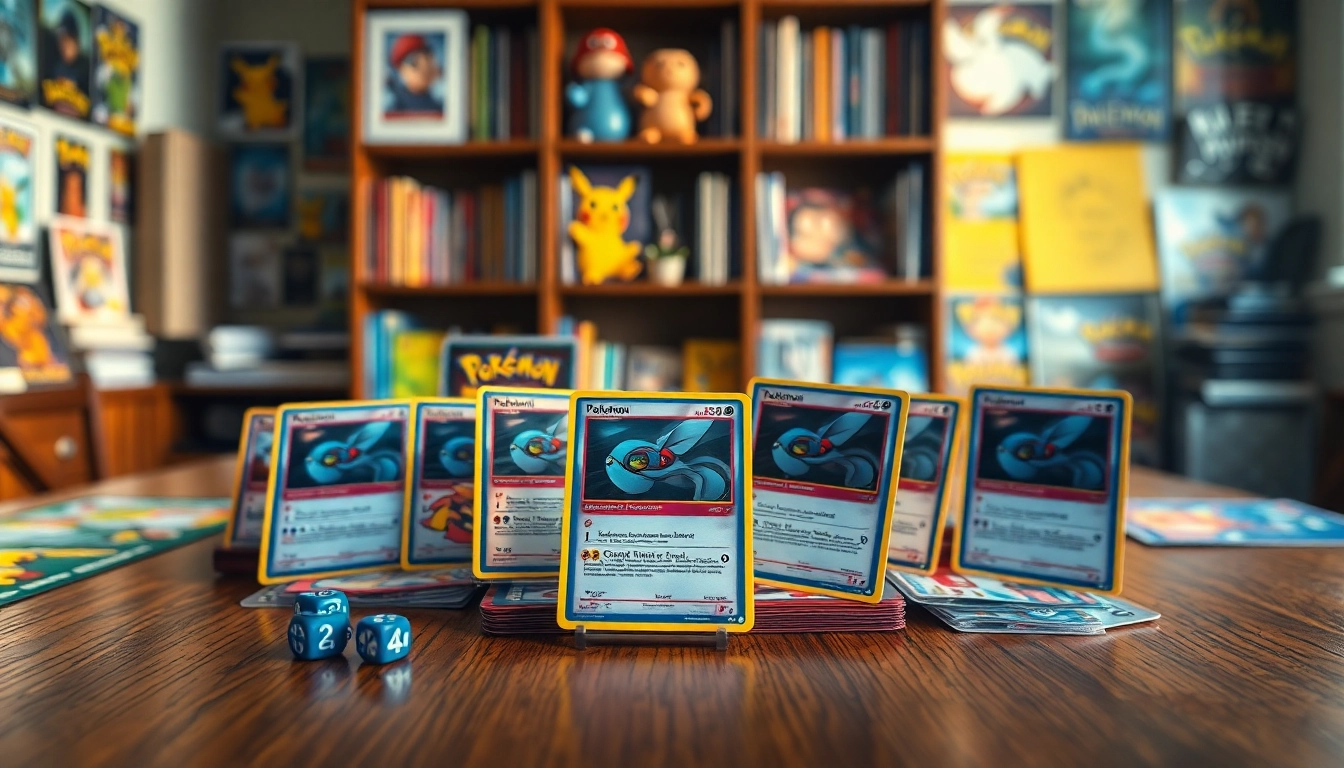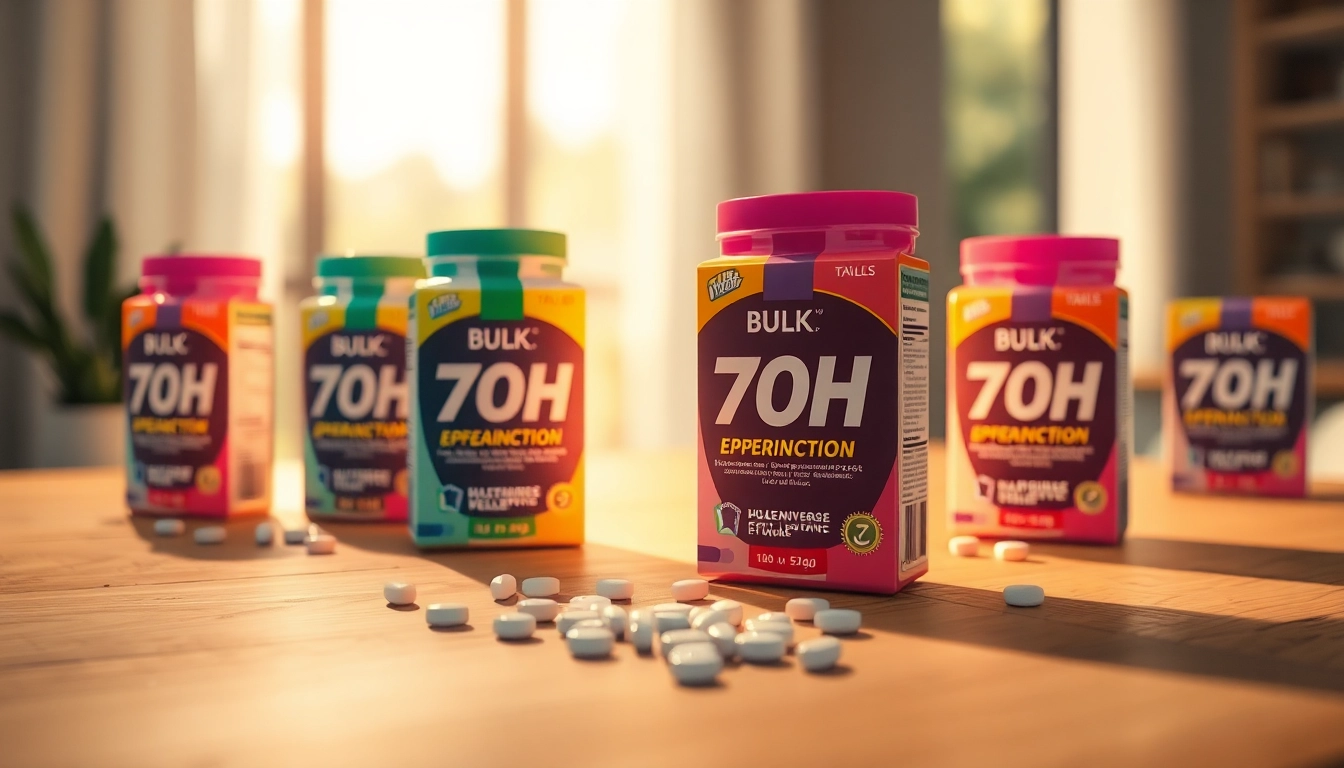Understanding Real Pokemon Cards
The world of Pokémon cards is a fascinating blend of nostalgia, strategy, and community engagement. Collectors and players alike have thrived in a vibrant ecosystem where each card can carry significant value and meaning. However, with the rising popularity of Pokémon cards, the market has seen its fair share of counterfeit products. This leads to a crucial aspect of card collecting: identifying real pokemon cards. Understanding their characteristics, along with common misconceptions and the means to differentiate between genuine and fake cards, is imperative for anyone serious about collecting.
What Defines Real Pokemon Cards?
Real Pokémon cards are official products created by The Pokémon Company, characterized by specific features that authenticate their legitimacy. They are printed using high-quality cardstock, designed with unique holographic images, and feature precise printed artwork with sharp colors and finely detailed graphics. A genuine card has rounded corners and a thin blue core between the sheets of paper that make up the card, giving them a unique feel and rigidity.
Furthermore, every legitimate card will have a minimum of a single Pokémon logo, copyright information, and a set number, often found at the bottom right of the card. These details are often overlooked by novices and can easily be missed if one is not familiar with the intricacies of the cards.
Common Misconceptions About Pokemon Cards
Many enthusiasts enter the Pokémon card market with a few prevalent misconceptions. One of the most common is that newer cards are automatically worth less than older ones. While it’s true that many collectors seek vintage cards, specific modern cards can hold significant value and even appreciate over time, especially those that are holographic or rare. For instance, limited-edition releases or promotional cards can be exceedingly valuable.
Another misconception is that all holographic cards are valuable. Not every holographic Pokémon card commands a high price. Its value often depends on several factors, including rarity, condition, and market demand. Misleading information about certain cards can lead collectors to make poor investment decisions.
How to Differentiate Between Real and Fake Cards
Knowing how to differentiate between authentic and counterfeit Pokémon cards is crucial for collectors. Start by checking the card’s weight and feel; real Pokémon cards have a specific weight and a smooth texture, while fakes may feel stickers or paper-like. You can also perform a light test—real cards are made of a thin yet opaque material that does not allow light to pass through easily. A genuine card will have a slight transparency on the edges and a blue core, while fakes typically do not.
Another effective method is to inspect the printing quality. Genuine Pokémon cards exhibit high-resolution images with clear, vibrant colors. In contrast, counterfeit cards often display blurry or pixelated images. Additionally, examination under magnification can reveal imperfections in the printing process that are typically absent in authentic cards.
Where to Buy Real Pokemon Cards
Finding genuine Pokémon cards can be an exciting, albeit challenging, endeavor. The expanding market requires collectors to navigate various purchasing options to secure authentic cards, each with its advantages and disadvantages.
Top Retailers for Authentic Card Purchases
One reliable avenue for purchasing authentic Pokémon cards is to buy directly from well-known retailers. Official sites like the Pokémon Center or platforms like TCGPlayer, offer a wide selection of products. These retailers are established and recognized for selling genuine collectibles. Additionally, local game stores often stock Pokémon cards and are more likely to provide knowledgeable staff who can assist you in your purchasing decisions.
Online marketplaces such as eBay also offer a massive variety of Pokémon cards, but caution is required. Always check seller ratings, read reviews, and ensure the seller has a strong return policy. Authenticating conditions before purchase is crucial when using platforms that allow peer-to-peer sales.
Online vs. In-store Buying: Pros and Cons
Choosing between online and in-store shopping for Pokémon cards comes down to personal preferences and the specific context of your purchase. Shopping online provides a more extensive selection, often at competitive prices, but lacks the immediate satisfaction of an instore purchase. On the other hand, local retailers allow you to inspect cards physically and often foster community connections through player meetups and events.
However, in-store purchases can sometimes be more limited in terms of stock, especially rare card sets. It’s beneficial to blend both methods, leveraging online purchases for specific hard-to-find cards while utilizing local shops to gauge card trends and engage with fellow collectors.
Tips for Finding Deals on Real Pokemon Cards
To maximize your budget, keep an eye on seasonal sales and promotions from official retailers. Websites often run discounts during special events; taking advantage of these deals can significantly enhance your collection without breaking the bank. Joining local Pokémon or gaming communities, either online or in-person, can also provide insights into the best places to find deals. Many collectors are eager to trade, which can lead to finding cards at lower prices than you’ll see in retail stores.
Don’t overlook social media platforms or forums, where collectors often discuss potential bargaining opportunities. Engaging with these communities can provide not only an education on current market values but also potentially direct leads on upcoming sales or promotions.
Collecting Real Pokemon Cards
Starting and maintaining a collection of authentic Pokémon cards involves both strategy and passion. Whether you’re focused on competitive play or collecting for nostalgia, there are key considerations to ensure a rewarding experience.
Starting Your Collection: What to Look For
When starting your collection, consider beginning with cards that resonate personally. Fan-favorite Pokémon like Charizard or Pikachu are often sought after and appreciated by collectors. Familiarize yourself with the rarity system, paying special attention to secret rares, ultra rares, and promo cards which are usually more valuable.
Focusing on card condition is equally critical. Cards in mint condition (graded 9 to 10 by PSA, for example) can often demand significantly higher prices due to their desirability amongst collectors. Always handle your collection with care to maintain its value.
Popular Sets and Rarities That Value Over Time
Some Pokémon card sets have historically shown stellar performance in terms of value appreciation. Sets like Base Set and Neo Genesis are particularly noteworthy due to their legacy within the Pokémon trading card community. These sets not only appeal to nostalgic collectors but can also deliver substantial returns over time as the rarity increases. The Pokémon Company has also introduced themed sets focused on recent generations, which have shown promise in attracting new collectors and traders alike.
As you delve deeper into your collection, consider exploring lesser-known sets that may gain traction in the future. Collecting full-series sets may also prove rewarding, as many collectors seek to obtain all cards, including rarities.
How to Care for and Store Your Collectibles
Proper care and storage are essential to maintaining the value of your Pokémon card collection. Always use protective materials like sleeves and top-loaders to shield your cards from wear and tear. Store your cards in a cool, dry environment—humidity and sunlight can cause significant damage.
For serious collectors, consider investing in a fireproof and waterproof safe for high-value cards. Regularly check your storage for any signs of wear, and don’t hesitate to re-sleeve cards if necessary. Maintaining a clean condition not only preserves their value but also enhances the enjoyment of your collection.
Market Trends for Real Pokemon Cards
The Pokémon card market has undergone dramatic shifts over the past few years, influenced by nostalgia, social media, and increased interest in collectibles as investment vehicles. Understanding current market trends and future predictions is vital for both collectors and investors.
Understanding Card Pricing and Value Assessments
The valuation of Pokémon cards often hinges on multiple factors, including rarity, demand, and condition. Market fluctuations can occur rapidly, especially with news or events that ignite interest in specific cards or sets. Utilizing resources such as price trends on TCGPlayer or auction results can help you gauge the current market and make informed purchasing or trading decisions.
Valuations can also vary significantly based on regional differences; making it important to stay informed about local market trends and economic conditions. While seeking individual cards, always assess their prices in light of their last sale price to better understand their potential value appreciation.
Analyzing the Growth of the Pokemon Card Market
The Pokémon card market has seen exponential growth, especially during the pandemic, where individuals sought hobby engagement to fill their time. Collectors driven by nostalgia and new investors treating collectibles as viable assets contributed significantly to this trend.
Social media has played a vital role in this growth, with platforms like Instagram and TikTok showcasing card reveals and sales, effectively creating new collectors daily. It’s advisable to keep an eye on these platforms to gauge trends and popular cards that may rise in demand.
Future Predictions for Collectors
Experts predict continued growth in the Pokémon card market, helped by the introduction of new card sets and innovative play mechanics that continue to attract new players. Keeping track of upcoming tournaments and promotional events can provide insights into which cards or sets are likely to surge in popularity.
As the mainstream interest in collectibles continues, investing in Pokémon cards might yield significantly better results than traditional investment vehicles like stocks. However, as with any collection, focus on enjoyment along with financial potential to create a well-rounded and fulfilling experience.
Community and Resources for Pokemon Card Enthusiasts
Engagement with local and online communities can significantly enhance your experience as a Pokémon card collector. These networks act as platforms for trading, learning, and sharing information about market trends, card care, and event details.
Joining Local and Online Collectors’ Communities
Participating in local gaming shops often leads to opportunities to meet fellow collectors, engaging in playing cards or discussing strategies for collecting. It can be invaluable to connect with other enthusiasts who share your passion. Online platforms and forums provide even greater opportunities to interact, trade, and learn from others’ experiences in the card-collecting sphere.
Communities like Reddit and Discord offer specific channels focused on Pokémon card discussions, trades, and news that can provide a broader perspective on the collecting community’s pulse.
Participating in Tournaments and Events
Joining tournaments not only provides a competitive avenue for collectors but also creates opportunities to interact with many like-minded individuals. Many regional tournaments host players of all skill levels, encouraging collaboration in strategies and fostering community spirit.
Events often feature guest speakers, exhibits of rare cards, and promotional giveaways, serving to enhance the collectible enthusiast experience. Engaging in these events can provide valuable relationships and contacts in the community, potentially leading to future trades.
Valuable Resources for Collecting and Trading
There are numerous resources available for collectors looking to deepen their knowledge about Pokémon cards. Websites such as TCGPlayer or Pokémon’s official database are ideal for assessing card values, understanding trends, and finding community sales or trades.
Online tutorials, YouTube channels, and podcasts dedicated to Pokémon collectibles can also provide insights and expert advice for both new and experienced collectors, enhancing their knowledge and supporting their growth in the hobby.


